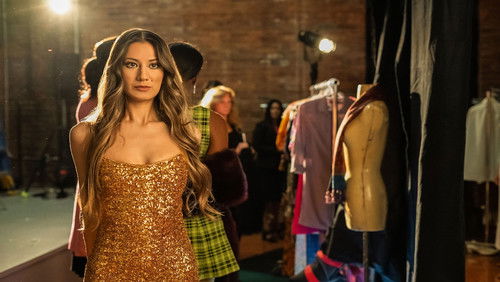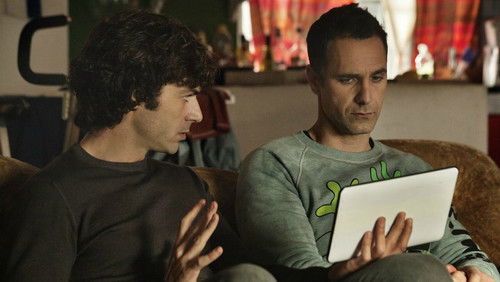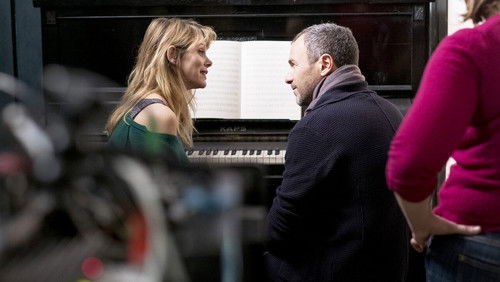Der Weltmeister (1927)
19KDer Weltmeister: Directed by Alfred Hitchcock. With Carl Brisson, Lillian Hall-Davis, Ian Hunter, Forrester Harvey. Two boxers compete for the love of a woman.
“The Ring was made from the only screenplay Hitchcock wrote himself and it deals, as many of his earliest pictures do, with a love triangle. At first glance, it looks like a more cynical update of the infidelity-themed morality comedies of Cecil B. De Mille, but more than that it is the first really competent Hitchcock picture. Even if he was not yet using the ideas and motifs of suspenseful thrillers, he was at least developing the tools with which to create suspense.u003cbr/u003eu003cbr/u003eAs well as being a student of the German Expressionist style, the rhythmic editing style of Sergei Eisenstein had had its impact upon Hitchcock. But here he keeps tempo not just with the edits but with the content of the imagery. This is apparent from the opening shots, where spinning fairground rides brilliantly establish a smooth tempo. And like Eisenstein, the editing style seems to suggest sound for example when a split-second shot of the bell being rung is flashed in, we almost subconsciously hear the sound because the image is so jarring.u003cbr/u003eu003cbr/u003eThere is also a contrast, particularly with silent films from the US, in that The Ring is not cluttered up with too many title cards. As much as possible is conveyed by imagery, and Hitch has enough faith in the audience to either lip-read or at least infer the meaning of the bulk of the charactersu0026#39; speech. And itu0026#39;s not done by contrived symbolism or overacting, itu0026#39;s all done by getting the right angles and the right timing, particularly with point-of-view shots, as well as some strong yet subtle performances. There are unfortunately a few too many obvious expressionist devices (particularly double exposures), many of which were unnecessary, but there is far less of this than there is in The Lodger.u003cbr/u003eu003cbr/u003eLetu0026#39;s make a few honourable mentions for the aforementioned actors. First up, the stunningly handsome and very talented Carl Brisson in the lead role. In spite of his talent I was at first a bit confused as to why he got the role, as to be honest he looks more like a ballet dancer than a pugilist! But that just goes to show how much I know, as it turns out Brisson was in fact a former professional boxer and inexperienced in acting. Playing his rival is the competent Ian Hunter, who would go on to have a lengthy career in supporting roles right up to the 60s. The most demanding role in The Ring has to be that given to Lillian Hall-Davis, torn between two lovers. She pulls it off very well however with an emotive, understated performance, and itu0026#39;s a shame her career never lasted in the sound era. And last but not least the great Gordon Harker provides some comic relief in what is probably his best ever role.u003cbr/u003eu003cbr/u003eThe Ringu0026#39;s climactic fight scene is among the most impressive moments of silent-era Hitchcock. Martin Scorcese may have had his eye on The Ring when he directed the fight scenes in Raging Bull, as his watchword for these scenes was u0026quot;Stay inside the ringu0026quot;. The fight in The Ring starts off with some fairly regular long shots, but when the action intensifies Hitchcock drops us right in the middle of it, with close-ups and point-of-view shots. Hitchcocku0026#39;s aim always seems to have been to involve his audience, and this was crucial in his later career where the secret of his success was often in immersing the viewer in the characteru0026#39;s fear or paranoia.u003cbr/u003eu003cbr/u003eThe Ring really deserves more recognition than the inferior but better known The Lodger. Itu0026#39;s a much more polished and professional work than the earlier picture, and probably the best of all his silent features.”









